This post may contain affiliate links. This means I may receive a small commission if products are purchased through them. All opinions are honest and remain my own.
If you’re considering welcoming a new cat into your home you might be wondering just how expensive are cats, anyway? It’s actually a really important thing to think about before you get a cat. You might be able to take in a stray cat or kitten for free or adopt for minimal cost, but remember that’s only the beginning. With cat ownership comes an ongoing financial responsibility.
Many people dump cats or give them away because they realize they can’t actually afford them, so take the time to consider the true cost before deciding whether welcoming a cat into your home is the right decision.
You can adopt a cat from a shelter anywhere between $15 – $125 depending on a variety of factors (kittens are more expensive than older cats). But the true cost of cat ownership comes with the ongoing monthly cost – food, litter, extras like treats and toys, vet check-ups, and unexpected medical emergencies. While the cost can vary, plan to budget at least between $40 – $50 per month for the basic care.
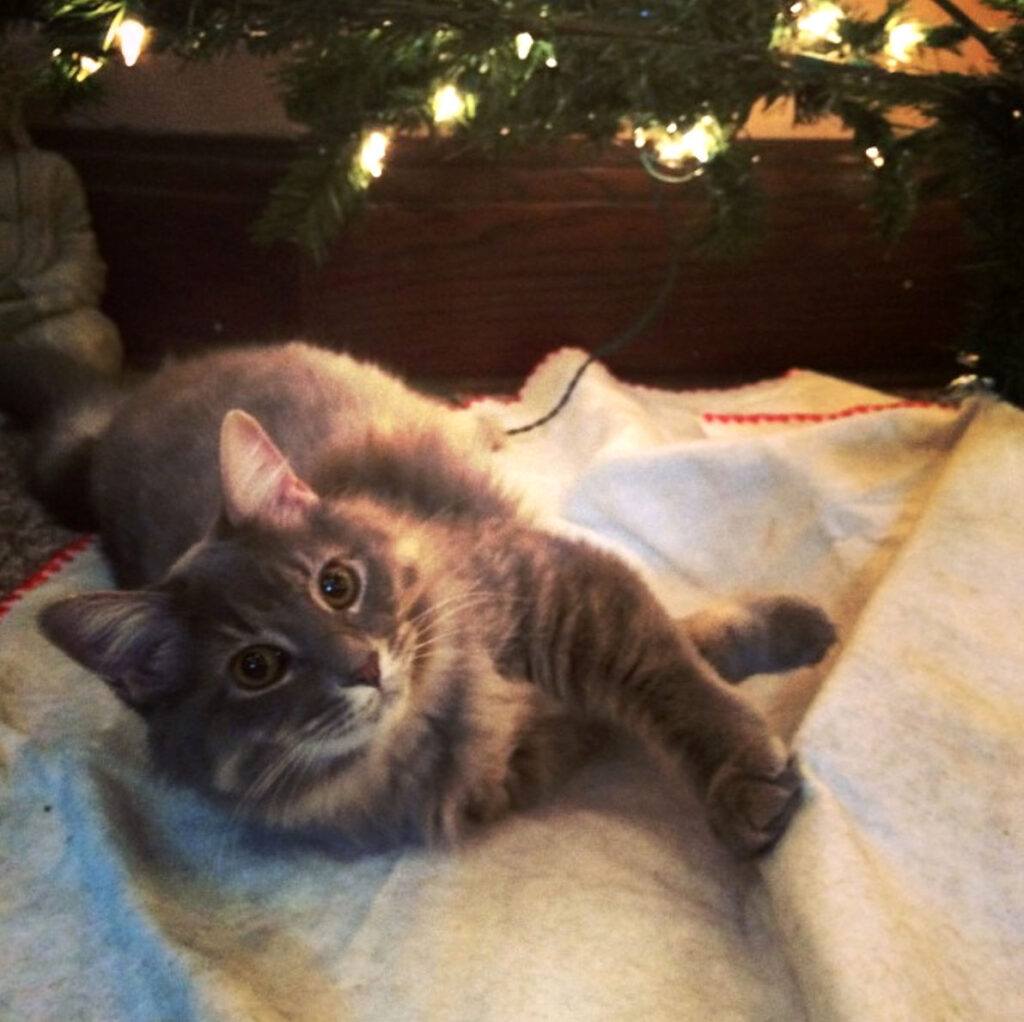
Price Breakdown – First vs. Subsequent Years of Cat Ownership
| First Year | Subsequent Years | |
| Cost of feline | $15 – $125 | $0 |
| Essentials (litter box, food/water bowls, carrier, grooming tools, etc) | $100 – $200+ | $0 – $100+ |
| Food | $120 – $500 | $120 – $500 |
| Litter | $100 – $200 | $100 – $200 |
| Extras – toys, treats, comfort items | $100 – $200 | $0 – $100+ |
| Vet well checks | $0 (if adopted from a shelter), otherwise $200 – $500 | $100 – $200+ |
| Emergency care | $0 – unknown | $0 – unknown |
| Yearly total | $435 – $1,200+ | $320 – $1,000+ |
Costs of cat ownership vary drastically depending on the type of litter and food you use, how much “extras” you purchase, and the health of your cat. Spending a bit more on your cat each year (for things like higher quality food and regular check-ups) can help lower the medical costs as they age. You should plan to budget around $40 – $50 per month for each cat, which includes the price of decent food and vet visits.
How much does it cost to buy a cat?
The first cost to consider is the cost of the cat itself. Adopting a cat from a shelter is always a great option, and it’s very affordable. If you don’t have problems adopting a fully grown cat, you can adopt them for much less than a kitten.
Here are the standard fees my local Humane Society charges:
- Kittens – $125
- 5 months and up – $50
- 7 years and up – $25
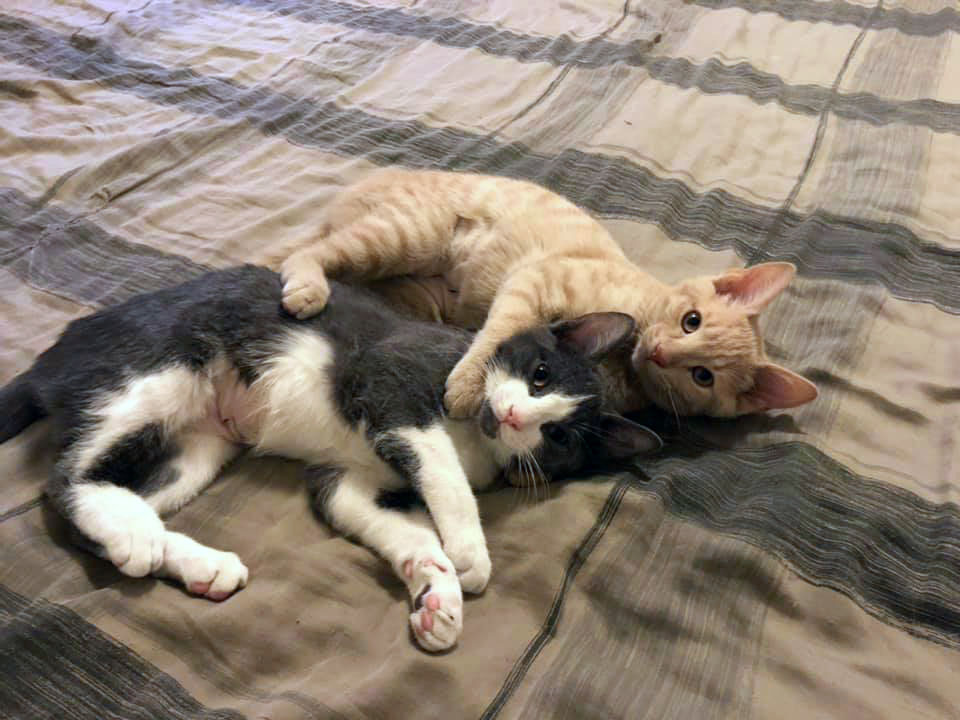
It might seem like a lot, but typically shelters (like the Humane Society) take care of all initial medical care, including spaying/neutering, de-worming, required shots and even a microchip. So after adopting, you don’t have to worry about taking cats to the vet again for another year (unless there’s a medical issue/concern).
While taking in a stray cat might sound like a good idea to avoid adoption fees, it could actually end up much more costly after a visit to the vet. Keep in mind that a spaying or neutering procedure alone could cost over $200!
If you’re thinking of buying a purebred, check to see if there are any rescue organizations in your area that specialize in providing homes for particular cat breeds. It may be a better (and less expensive) way to go than finding one from a private breeder.
The First Year
The first year of owning a cat will probably be most expensive (unless the cat develops medical issues later on). Not only will you need to consider the cost of adoption, but also any items you’ll need for your cat.
- Litter boxes $5 – $10 for a basic box (you’ll need at least 2)
- Litter scoop – varies, can find a good one for less than $10
- Food/water bowls – varies, most are less than $10
- Grooming tool – most are between $10 – $20
- Cat nail clippers – most are between $5 – $10
- Cat carrier – average $30
- Scratching post/mat – $10 – $20
- Good pet hair vacuum/hair remover – $30 – $100+
These costs are really just an average estimate and will vary depending on the type you buy. For example, litter boxes range drastically from a few bucks to hundreds for fancy automatic scooping ones! You also may already own a sufficient vacuum, or maybe you have containers you can convert to litter boxes. Hopefully, though, it’ll give you a good baseline for what to expect.
You’ll also need food and litter, both of which are going to be monthly recurring costs. The price for these varies significantly depending on what you buy, but you’ll probably spend between $10 – $20/month, per cat for decent quality food and then an extra $10 – $15 or so for cat litter.
Here’s price comparison charts of cat food and litter, broken down by brand and type to give you a better idea of the range of costs.
Cat food price comparison, by brand
| Brand | Cost per pound |
| 9 Lives | $0.65/lb |
| Iams | $1.4/lb |
| American Journey (Grain-free) | $2.08/lb |
| Hills Prescription Diet | $5.11/lb |
Cost of cat litter, by type (average)
| Type | Cost per pound |
| Wood pellets | $0.15/lb (average) |
| Non-clumping clay | $0.26/lb (average) |
| Clumping clay | $0.50/lb (average) |
| Crystal | $0.62/lb (average) |
| Corn-based | $0.80/lb (average) |
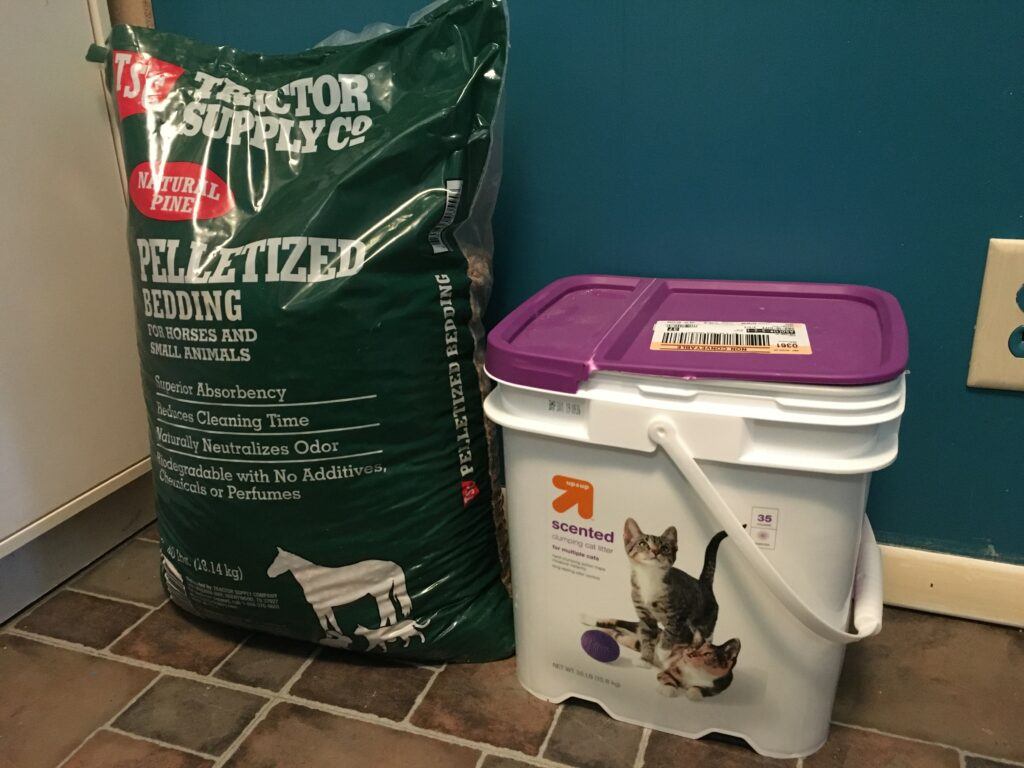
What you end up spending depends on your (and your cat’s) preferences and your budget.
Those are just the essential items. There are tons of other things you could purchase for your cat like cat towers (trees), a cat bed, toys, treats, etc. Those things are nice to have, but not a necessity. You could end up paying an extra $150 – $200 for extras since cat towers are not cheap!
Let’s take a look at an example scenario:
Adoption fee – $50
Essentials – $100
Extras – $150
Food – $20/month (x12) = $240
Litter – $15/month (x12) – $180
Total = $720 first year
While you might be looking at spending a few hundred in the first month for adoption fees and initial care items, the majority of the cost here comes from monthly ongoing expenses for food and litter.
Subsequent years – average monthly cost
Beyond the first year, assuming your cat stays healthy the cost can be relatively minimal. You can expect to spend around $10 – $20 per cat for food, and $10 – $15 for litter each month. That could be more, or less depending on the type of food and litter you use.
Beyond that, you can also factor in things like treats, toys, cat-nip, and even lint rollers (for the non-stop shedding issue). Although typically those aren’t monthly purchases – maybe just a few times per year. For a rough estimate, let’s say $40/year for these extras.
You’ll also want to factor in a yearly vet check-up. Prices will vary depending on the particular vet you visit, but you should be able to get your can in for a basic check-up for around $50. However, that’s just the base fee – if your cat needs shots, bloodwork, or anything extra – you could easily spend over $100. You might want to consider doing research into the vets in your area to find the best and most affordable rates.
Second-year (and after)
Assuming you have all needed items at this point, you’ll just need to consider the ongoing expenses for food and litter, as well as factoring in a vet check-up and any extras.
Example 2nd year scenario:
Food – 20 (x12) = $240
Litter – 15 (x12) = $180
Vet checkup = $100
Extras (treats, lint rollers, toys, cat-nip, etc) = $40
Total = $560 per year, or $47 per month
Emergency medical costs are always an unknown factor
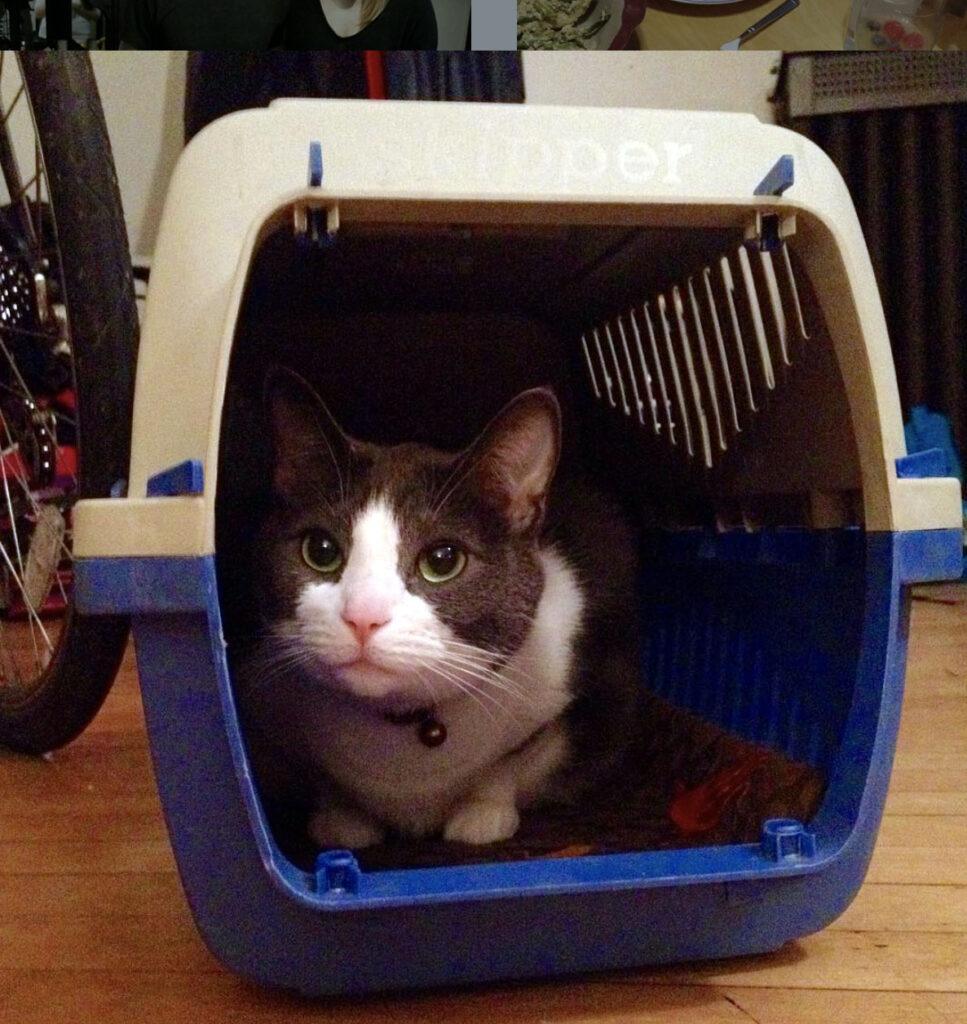
Of course, this does not take into account any emergency medical care that may be needed. I had to take my cat Louie to the vet for a UTI and overall the ordeal cost around $500 for testing, medicine, special food, and subsequent check-up.
My sister had to pay over a thousand dollars to have emergency tooth extractions done on her cat Bela towards the end of her life. And I know one of my family’s cats growing up, Envy, had ongoing medical issues which I’m sure amounted to thousands spent on vet bills.
You can certainly take steps to lessen the chances of medical issues, but some of it comes down to luck and genetics. Just like people, some are more prone to illness than others.
Consider pet insurance
Fortunately, you may be relieved to know that pet insurance exists. So if you want to be extra prepared for emergencies, it’s always an option. You can get your cat’s medical care covered for somewhere around $10 a month (for a younger cat). This way unexpected costs can be kept to a minimum.
Outdoor vs Indoor cat costs – Which is more expensive?
It’s impossible to say whether having an indoor or outdoor cat may be more expensive.
There are typically more regular medical costs associated with having an outdoor cat. If you let your cat outside, you’ll need to make sure they stay up to date on all their shots, including ones you may not bother to give a cat that stays indoors (like Leukemia). Also, you’ll probably want to keep them on worm and flea/tick prevention medication as they’re at high risk.
In addition, consider the likelihood much higher of taking your cat in for emergency medical treatment if they get caught up in a fight with another animal.
On the flip side, indoor cats can live MUCH longer than outdoor cats, so you might end up spending more over their total lifespan for a cat that is kept exclusively indoors. You could also have an indoor cat get very ill and end up paying high medical costs anyway. There are just too many variables to give a definite answer.
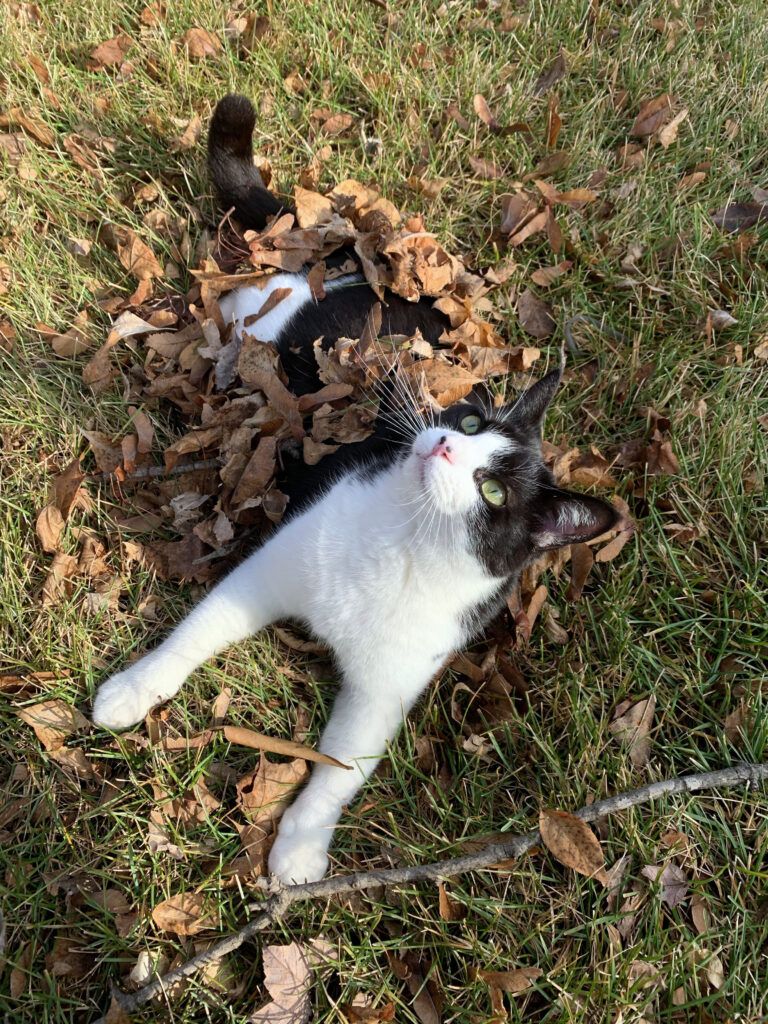
How to reduce the monthly cost of cat ownership
While the calculated average here can be typical for many cat parents, there are definitely ways you can lessen the cost. Some ways include:
- Alternative litter types
- Buying essential items used – online, garage sales, thrift shopping
- Buying things not marketed for cats (alternatives for litter boxes, food bowls, etc can be cheaper)
- Pet insurance
Cheaper litter type
There is a range of different types of litters available with a pretty wide price difference. Many people are now using alternatives like wood pellets meant for horse bedding as cat litter. It might seem odd, but some people are doing this and spending less than $40/year on litter! (Although the attempted transition for my cats didn’t go so well, it would be worth trying with a new kitten).
But using wood pelleted litter isn’t the best option for everyone, and there are other ways to reduce the costs of litter. See the litter chart above to note the price difference between litter types.
Related:
Buying used
I’ve seen many people listing cat items for sale on places like Craigslist or the Facebook Marketplace. Garage sales and thrift stores are also places to check. You might not necessarily want to buy every item used, but depending on what it was it could still have plenty of life left and could save you money. Some people take in cats for a short while and end up not using things at all and are willing to sell for cheap.
Buying items not marketed for cats
Just because it’s not sold in the pet section doesn’t mean you can’t use it with your cats. For example, many people swear by using concrete mixing tubs sold at home improvement stores (like Lowes or Home Depot) for cat litter pans. They’re really big, basically the exact same thing as litter boxes, and only around $5. A basic “jumbo” size litter box can cost $15 – $20.
As mentioned previously, the horse bedding pellets are only $6 for a 40 lb bag, whereas the wood pelleted cat litter (sold in the litter aisle) is over twice the price.
Purchasing pet insurance
You could end up saving money on expected medical bills if you invest in insurance for your cat. Rates can vary between $10 – $30/month, which is significantly less expensive than dog insurance.
While plans have a monthly fee and deductibles, you could save money in the occurrence of medical issues or accidents. It’s not worth it for everyone, but it’s something to consider.
Alternatively, you could invest money each month into an emergency pet fund and use that to cover unexpected costs.
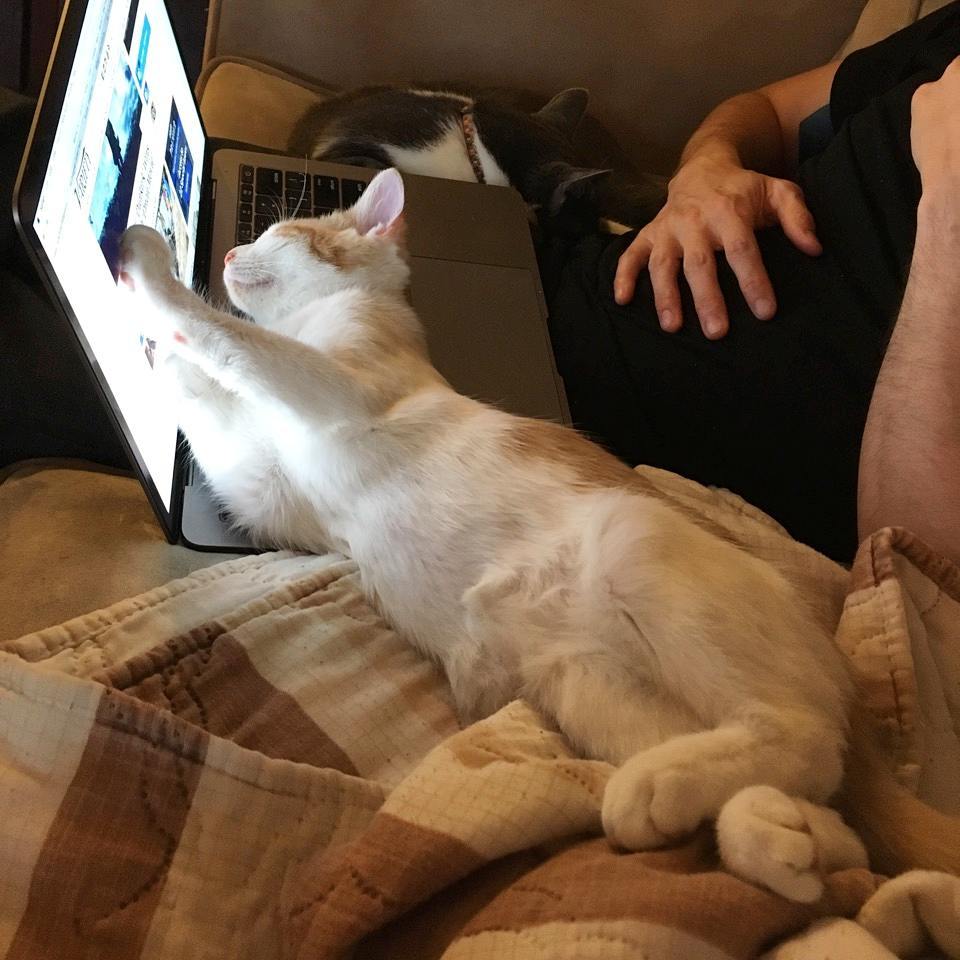
The Bottom Line
Having a cat is an ongoing expense, so make sure you are ready for the financial commitment. There is no exact figure on the cost of cat ownership as there are just too many variables to consider. But whether you want to go bare-essentials or spoil your cat with toys, treats, and all the comfort things – you should plan to budget for at least $40 – $50 a month for her basic care.

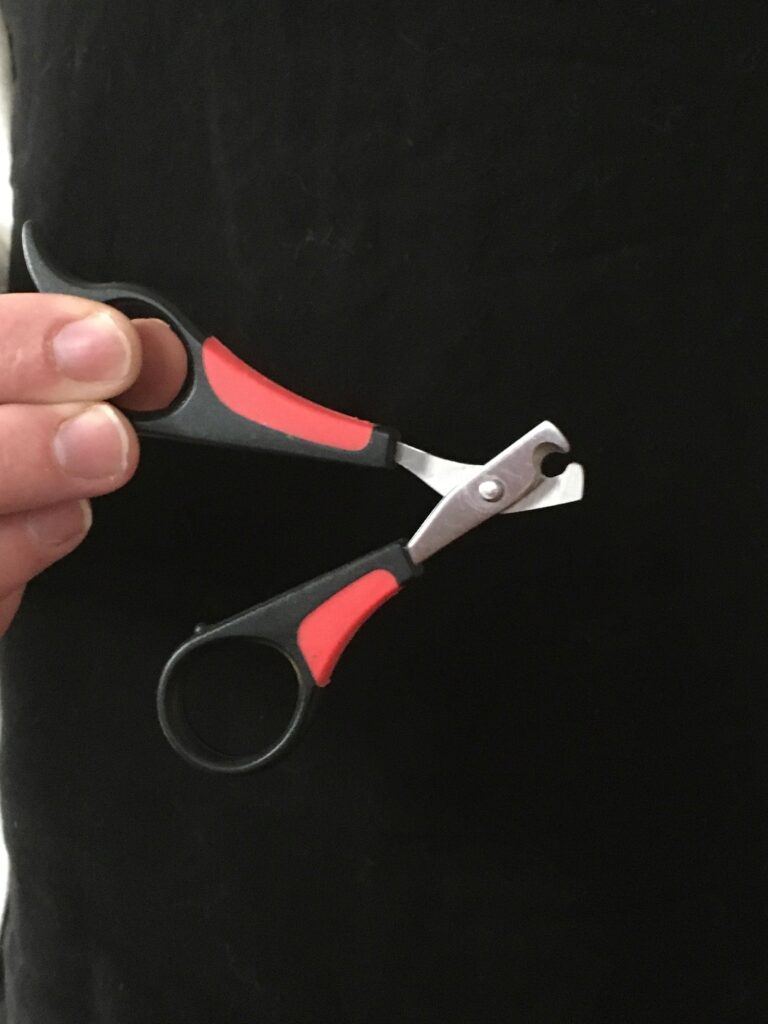
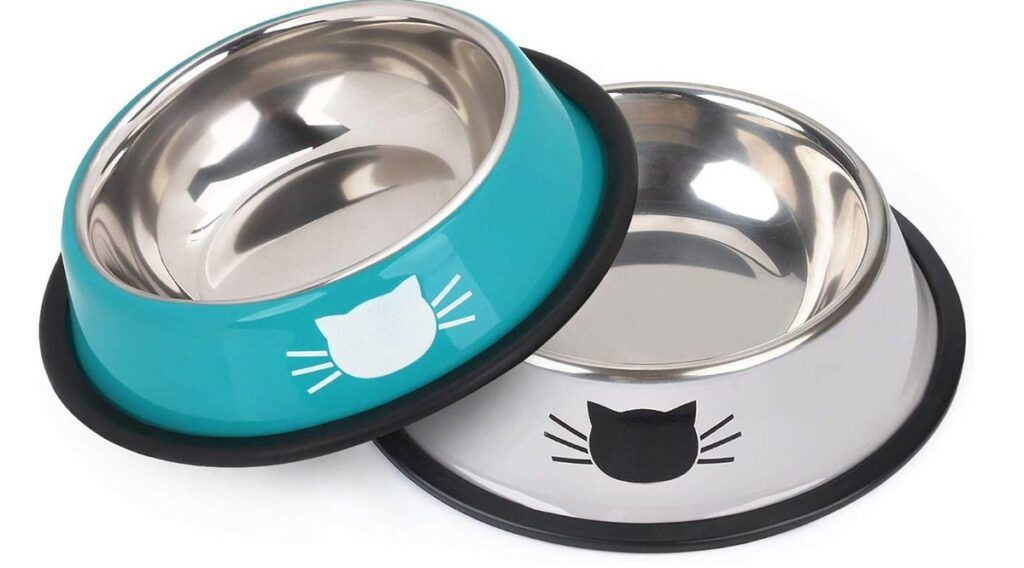

Leave a Reply